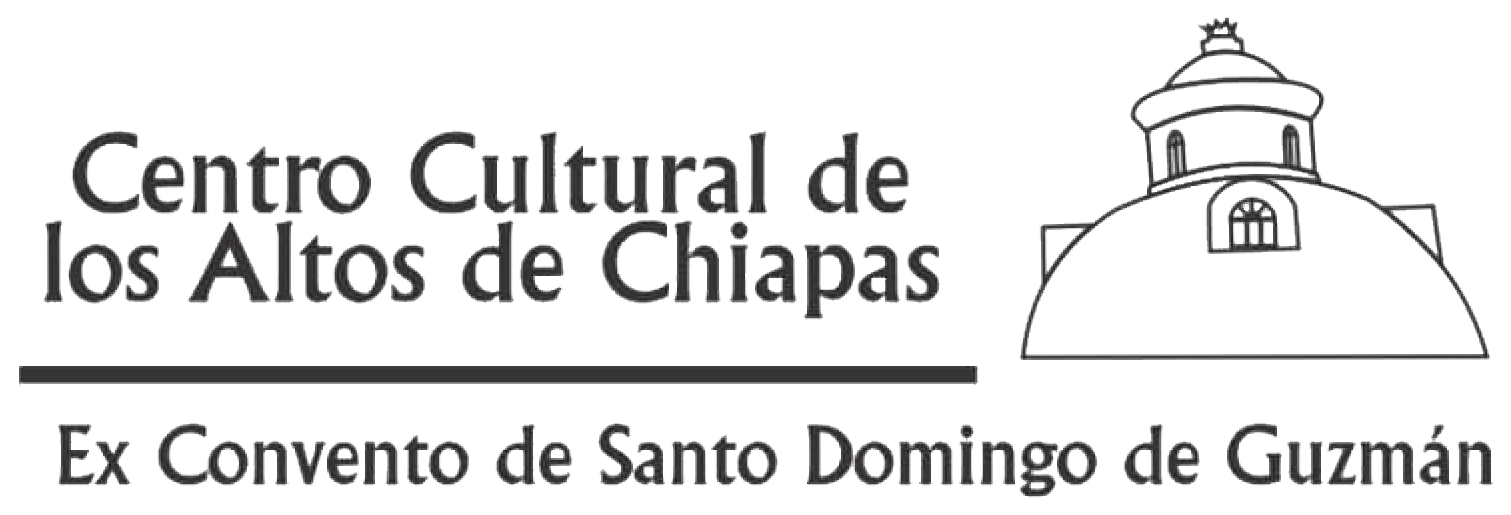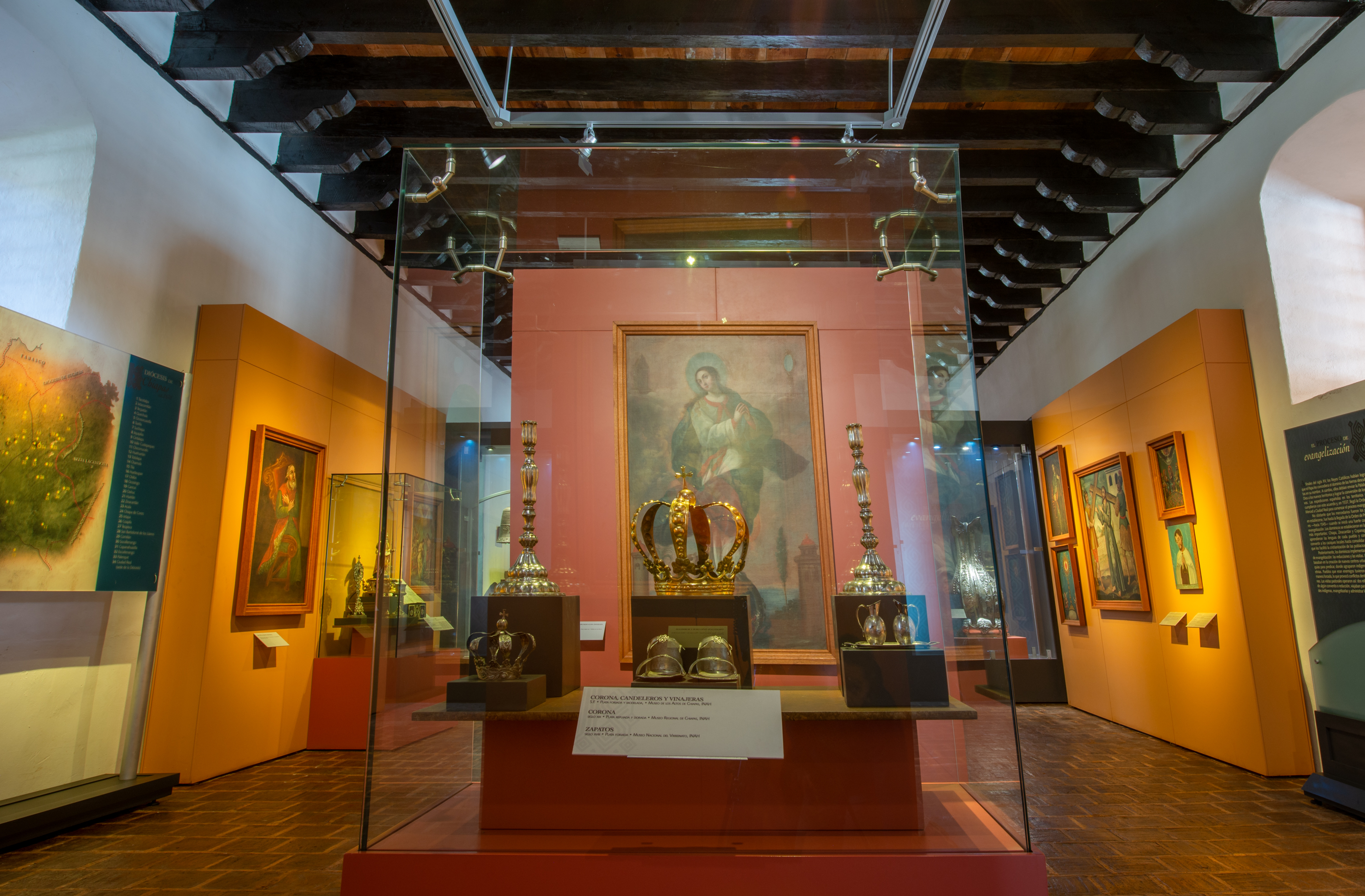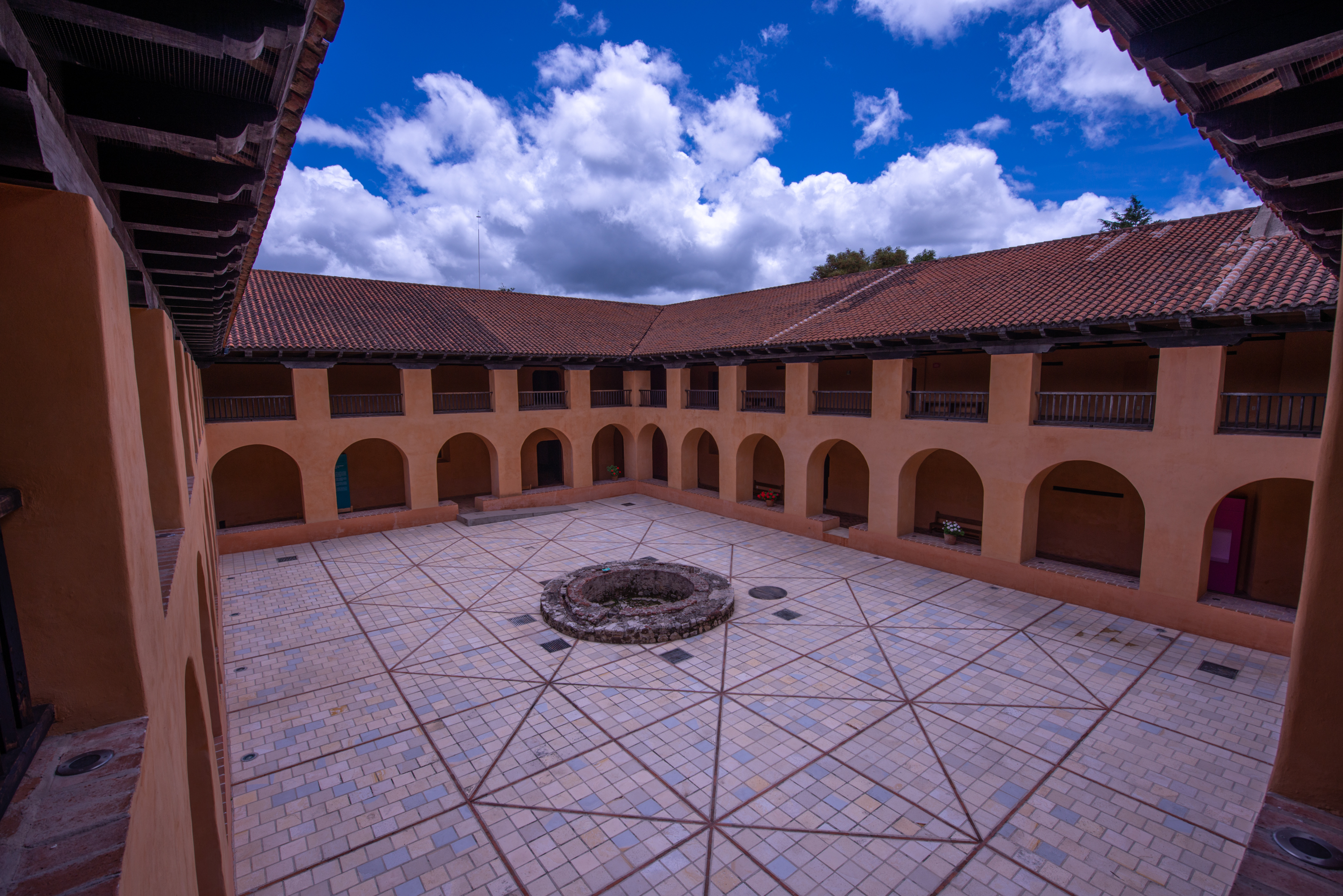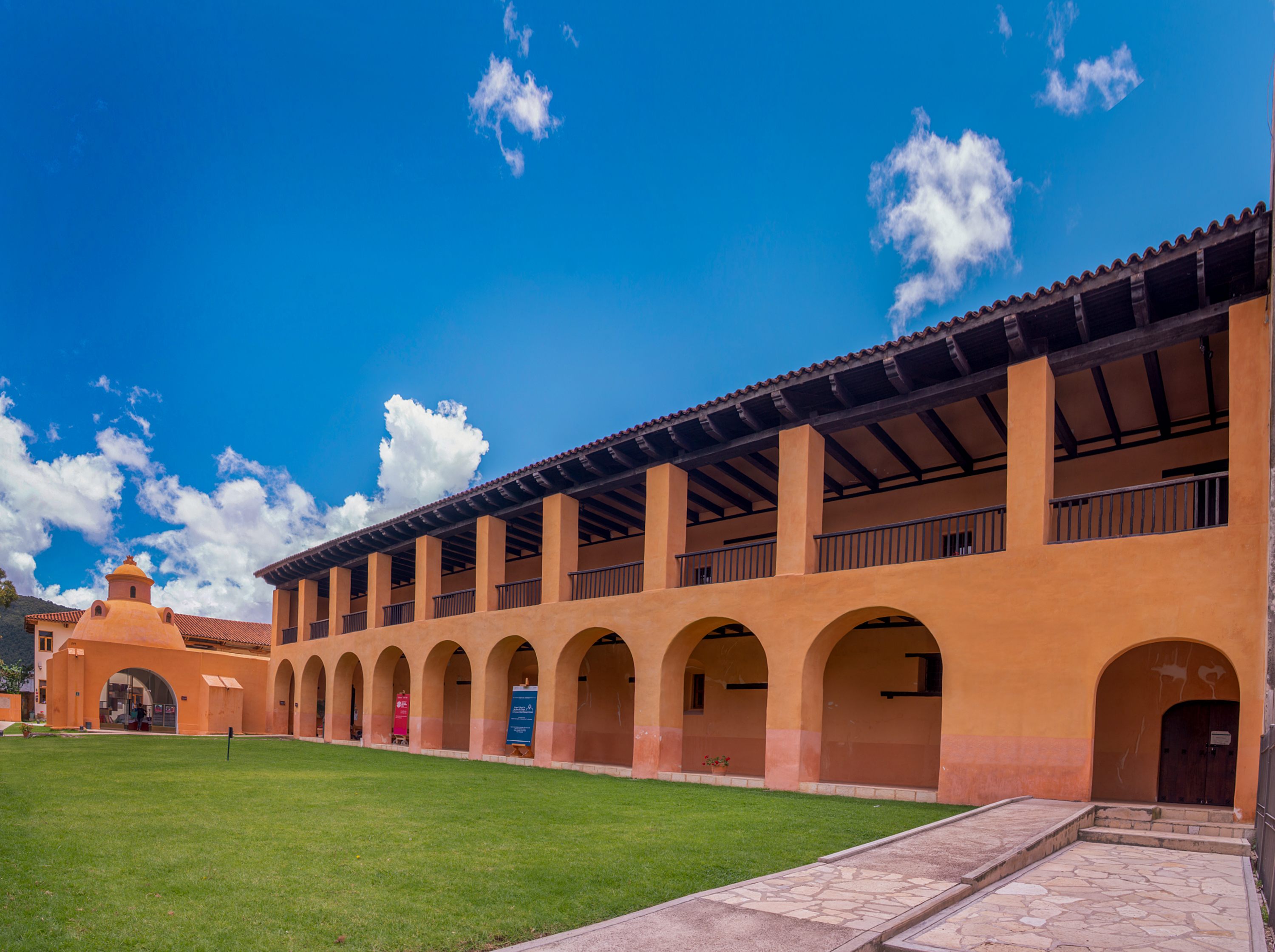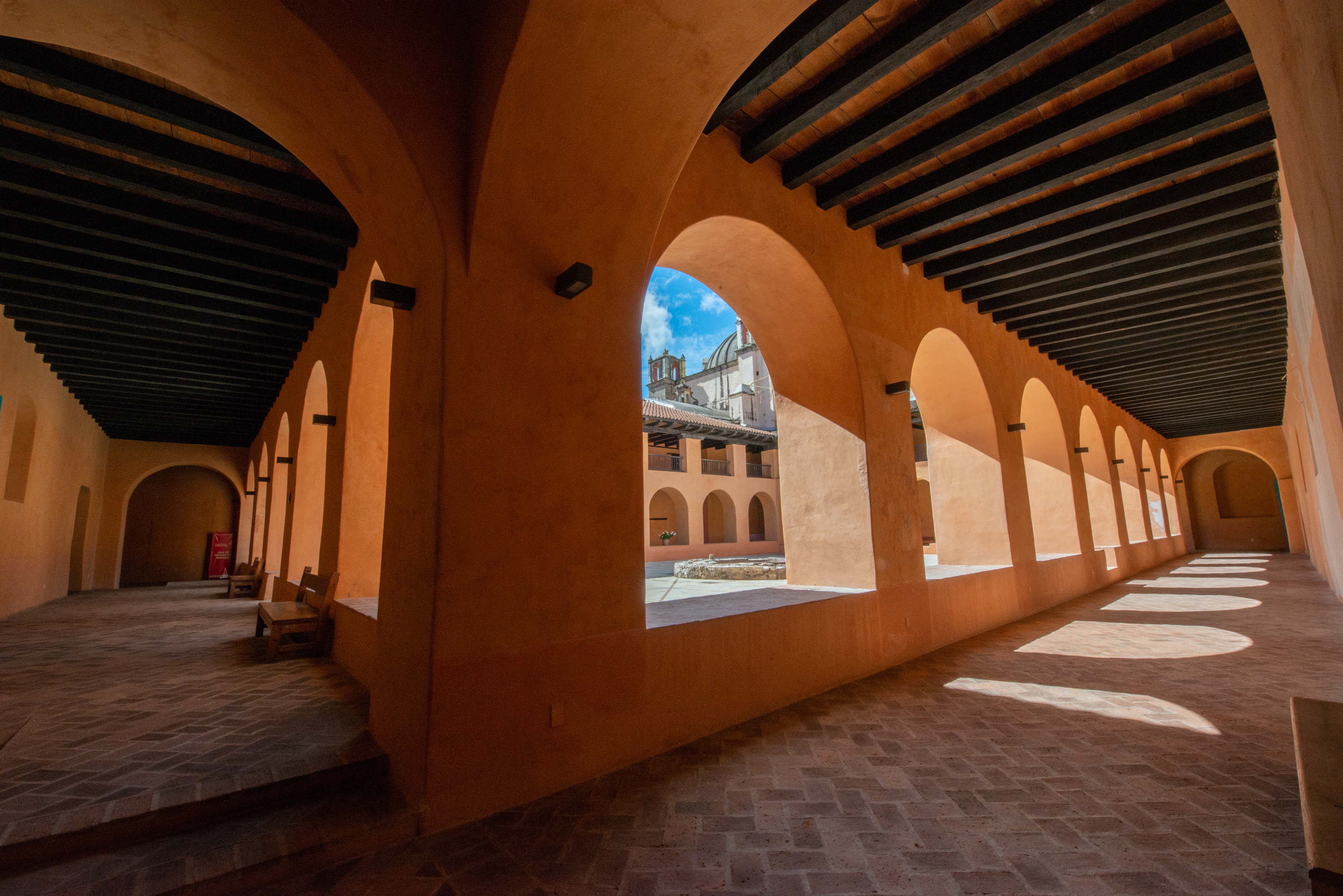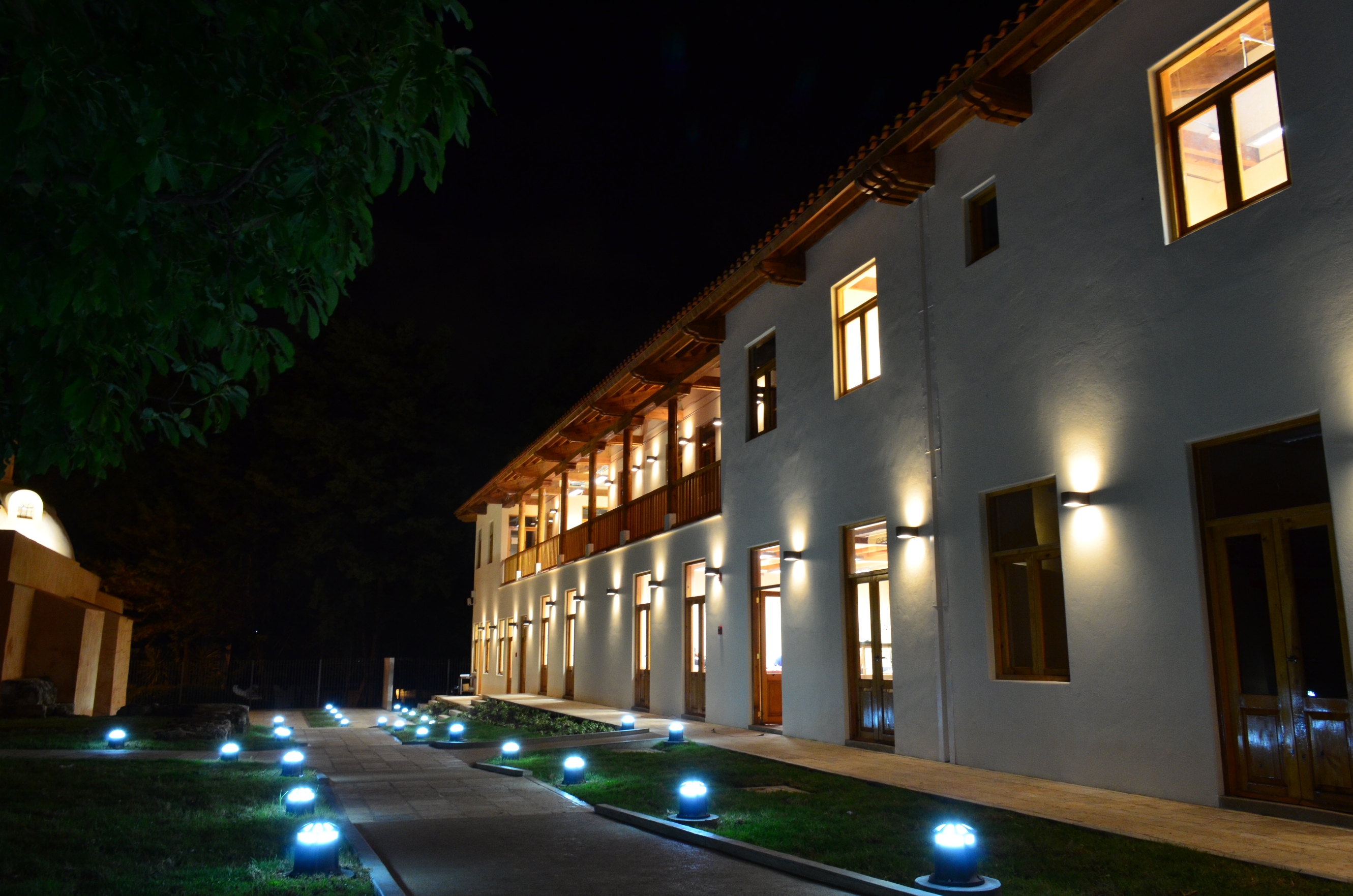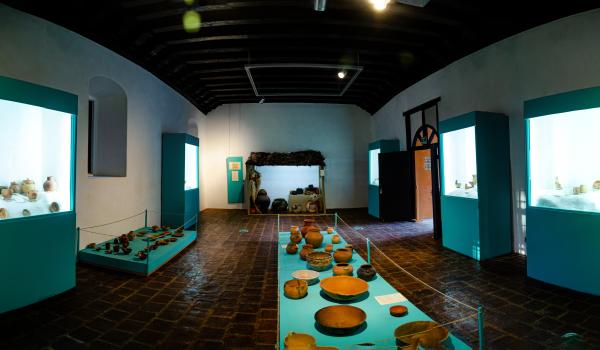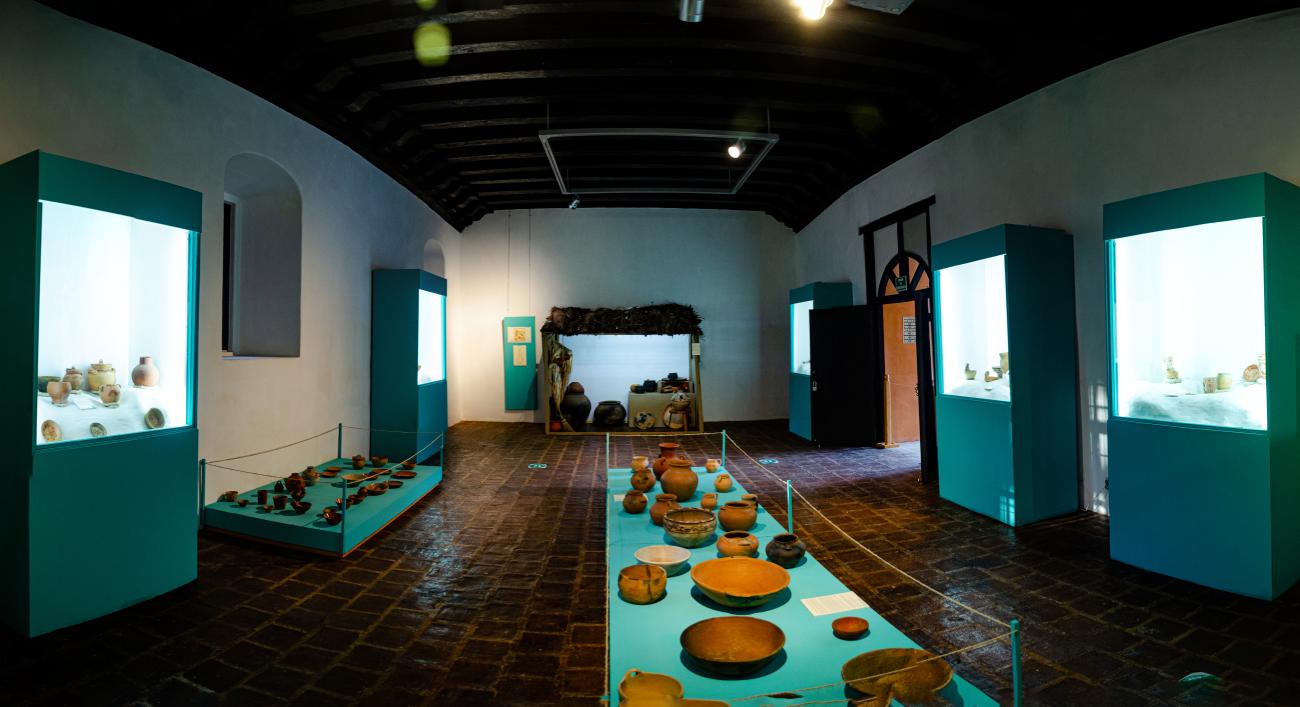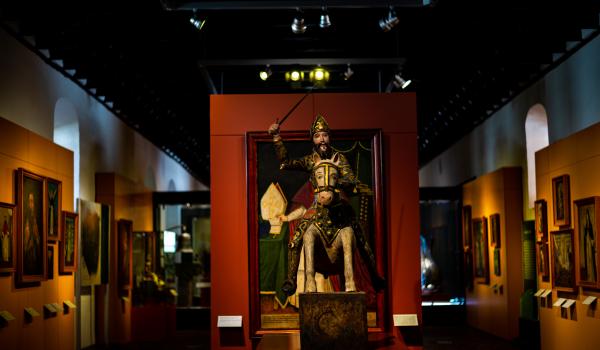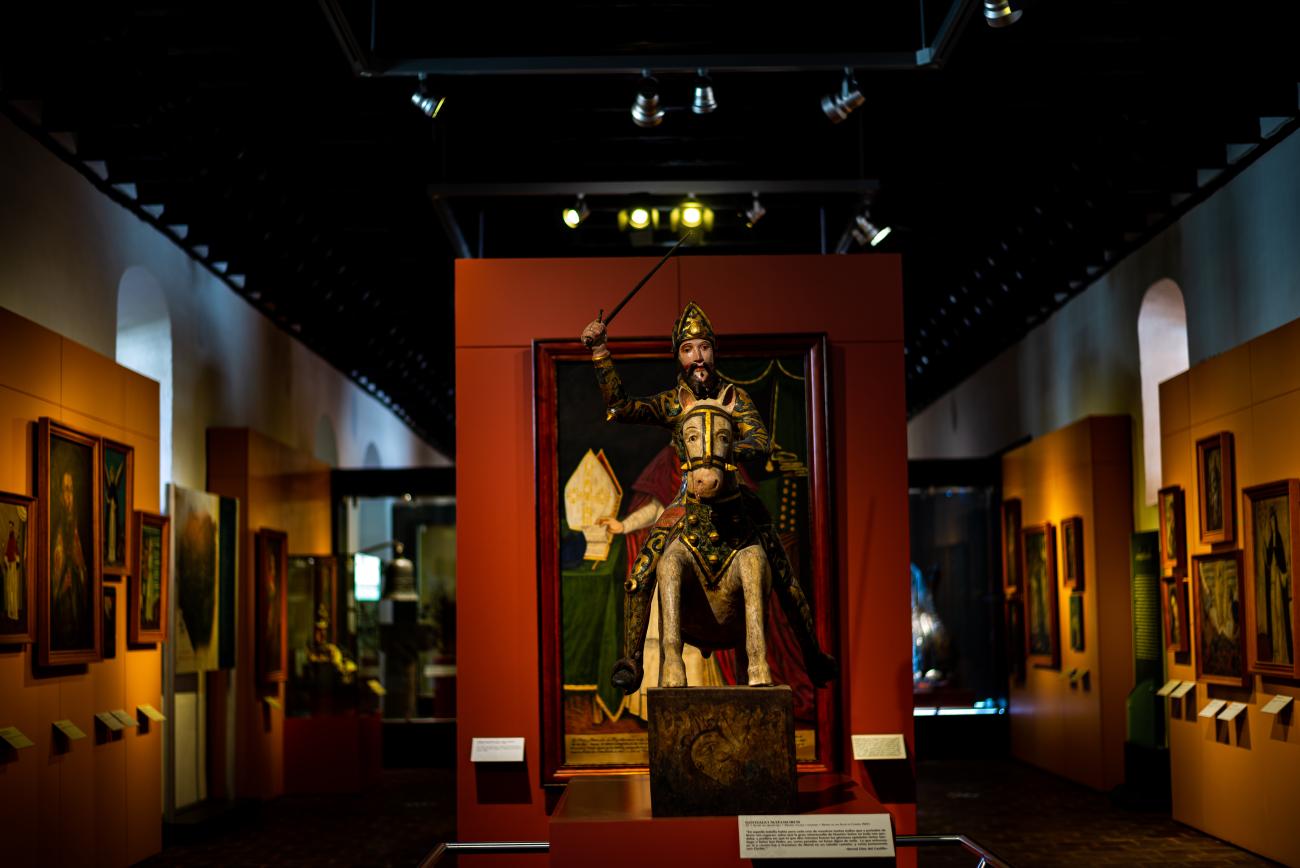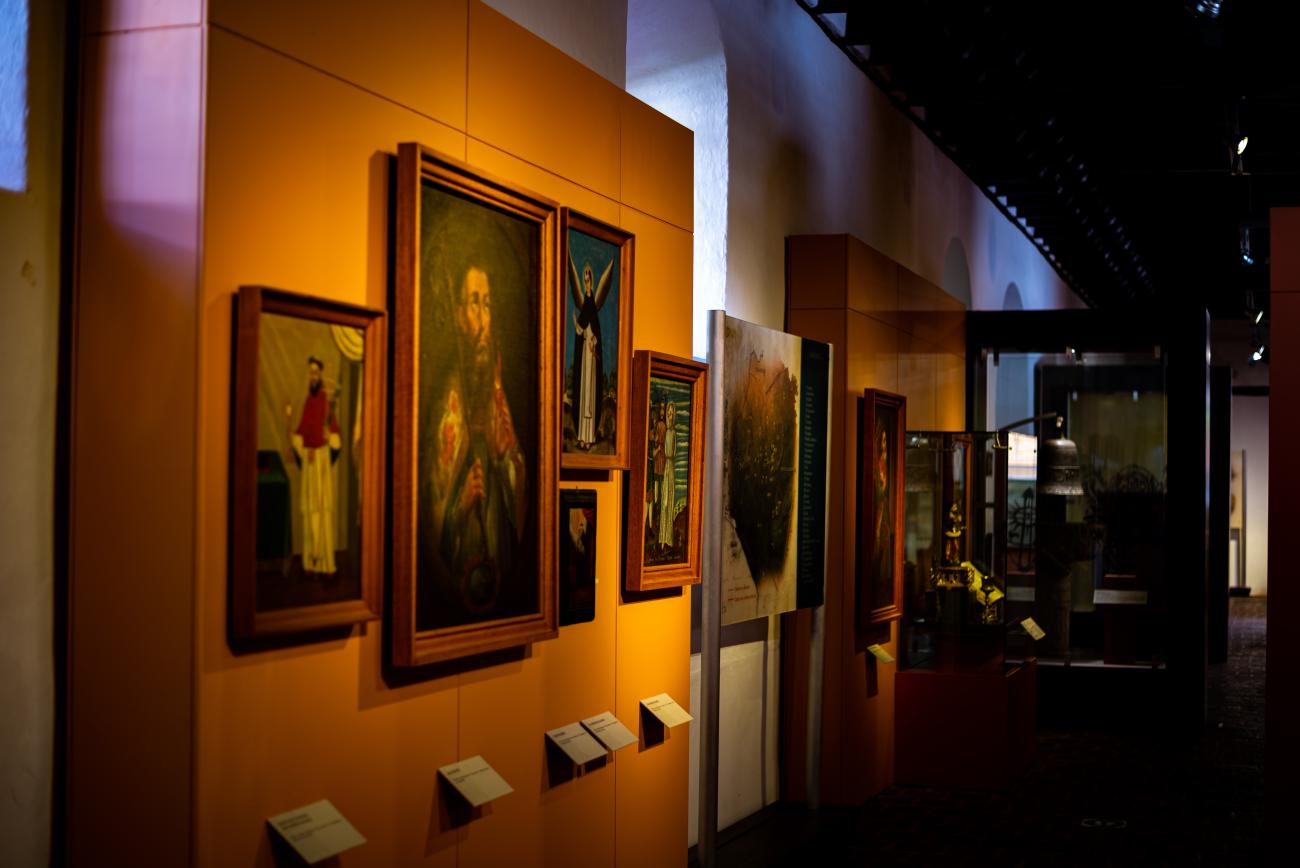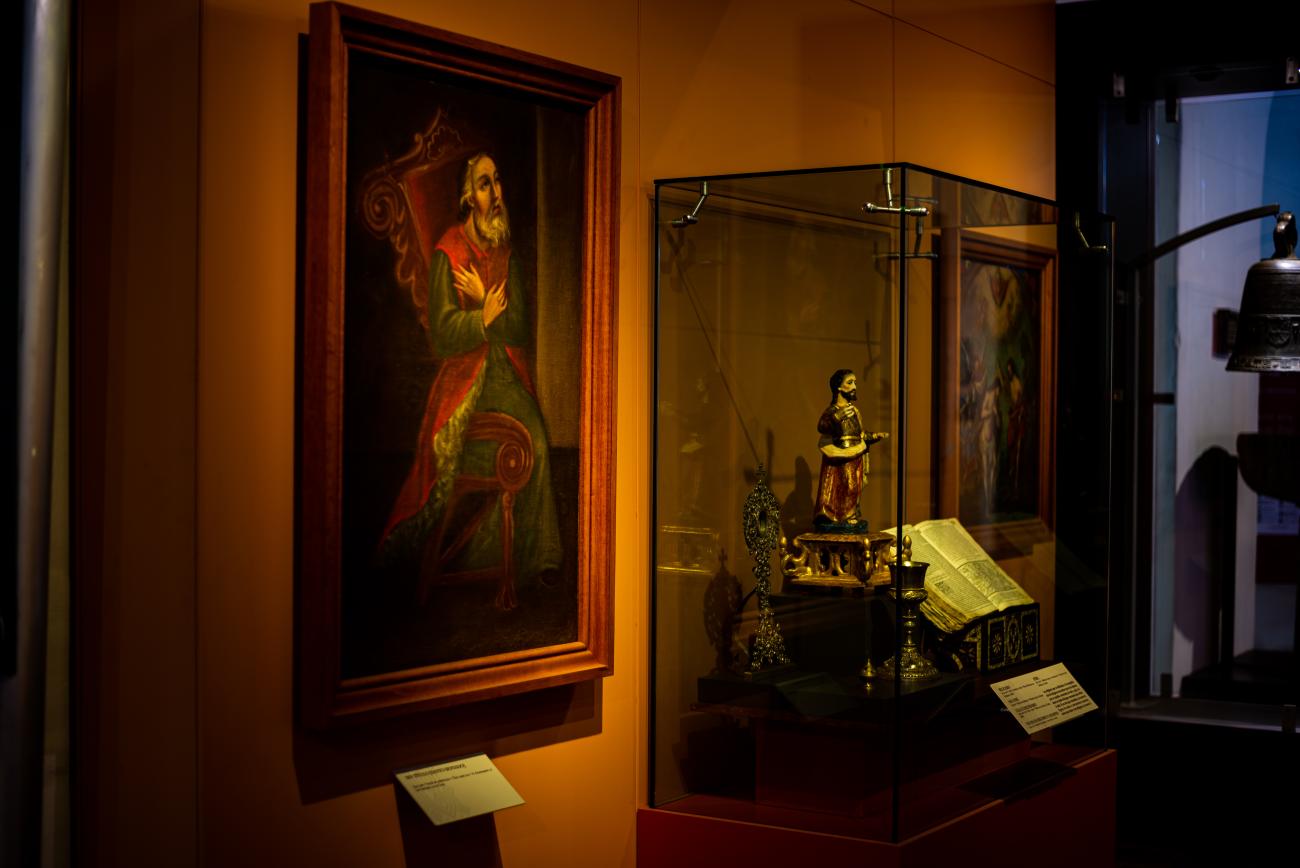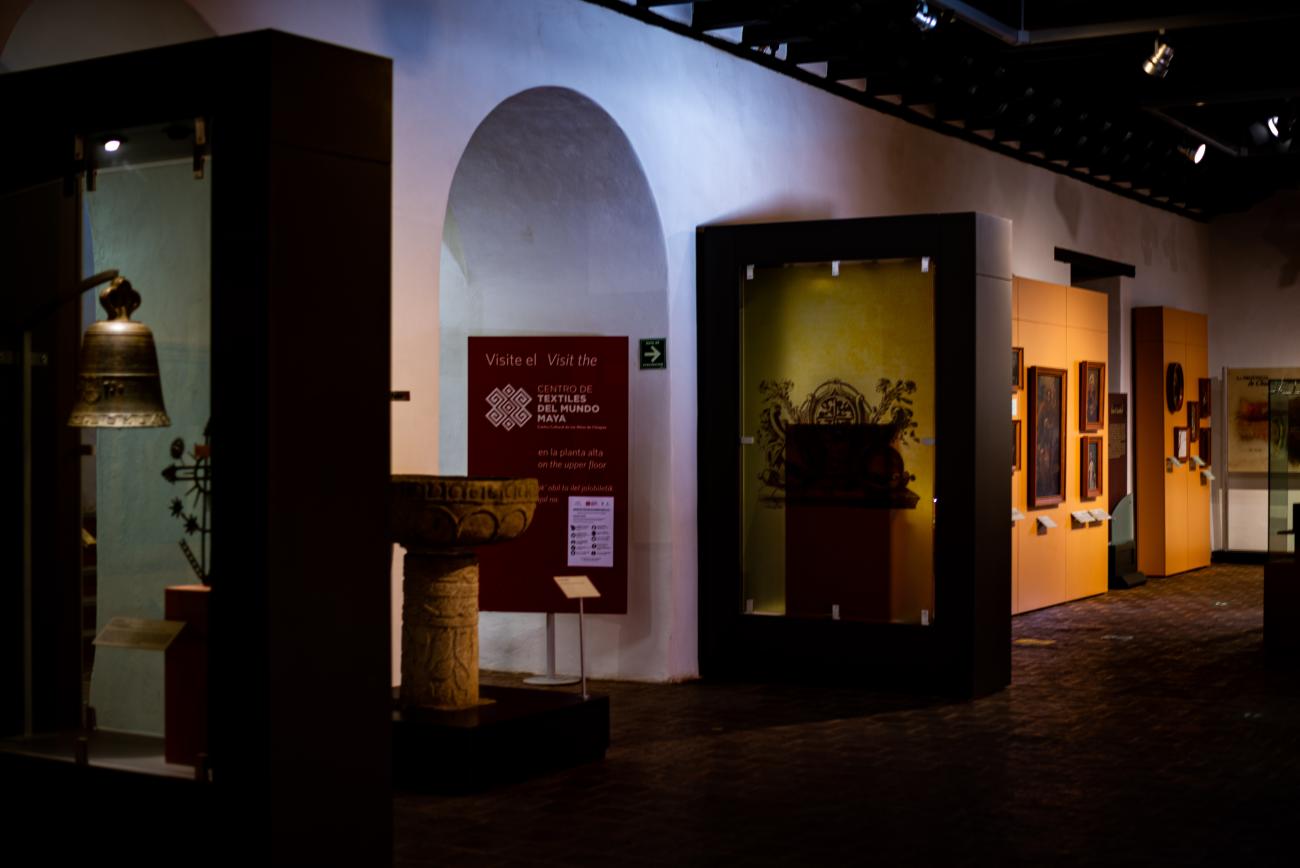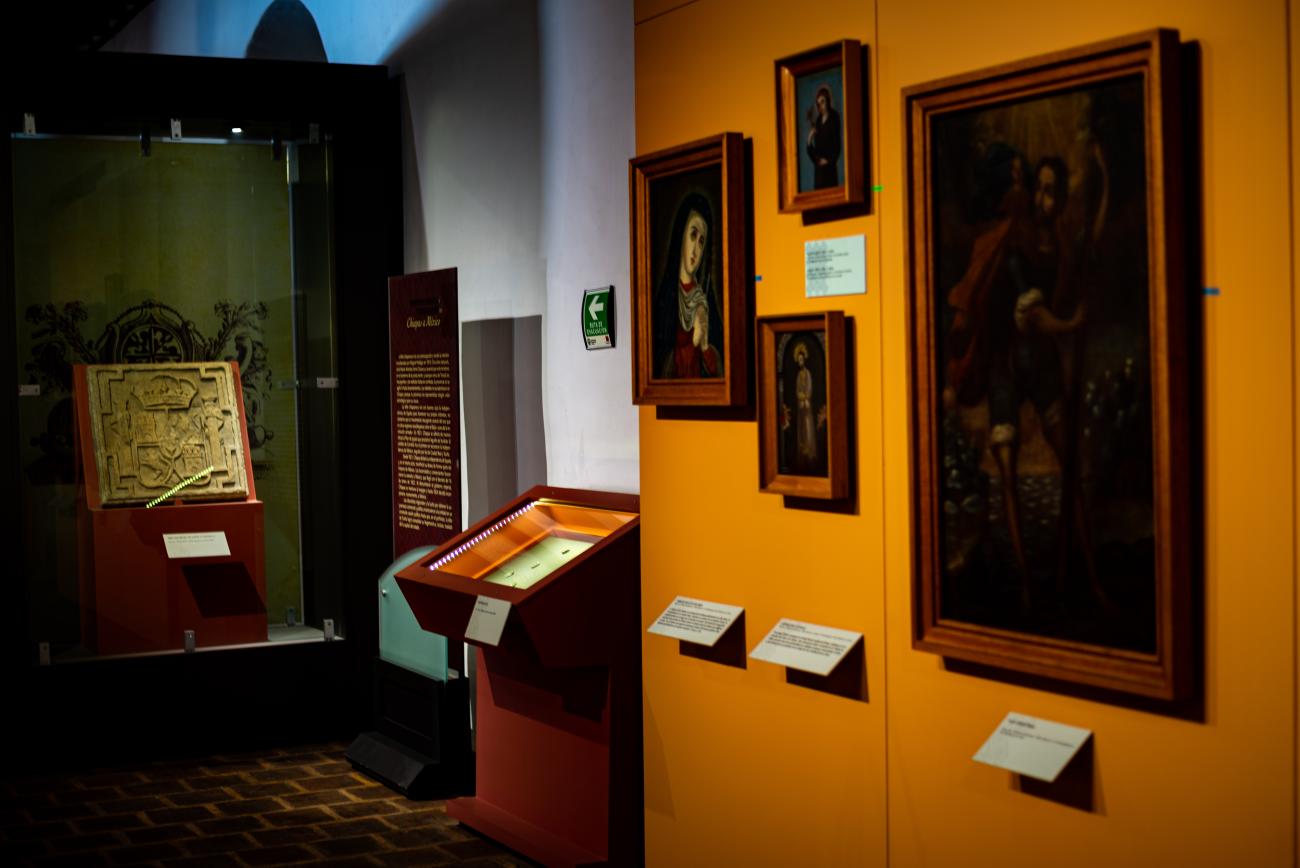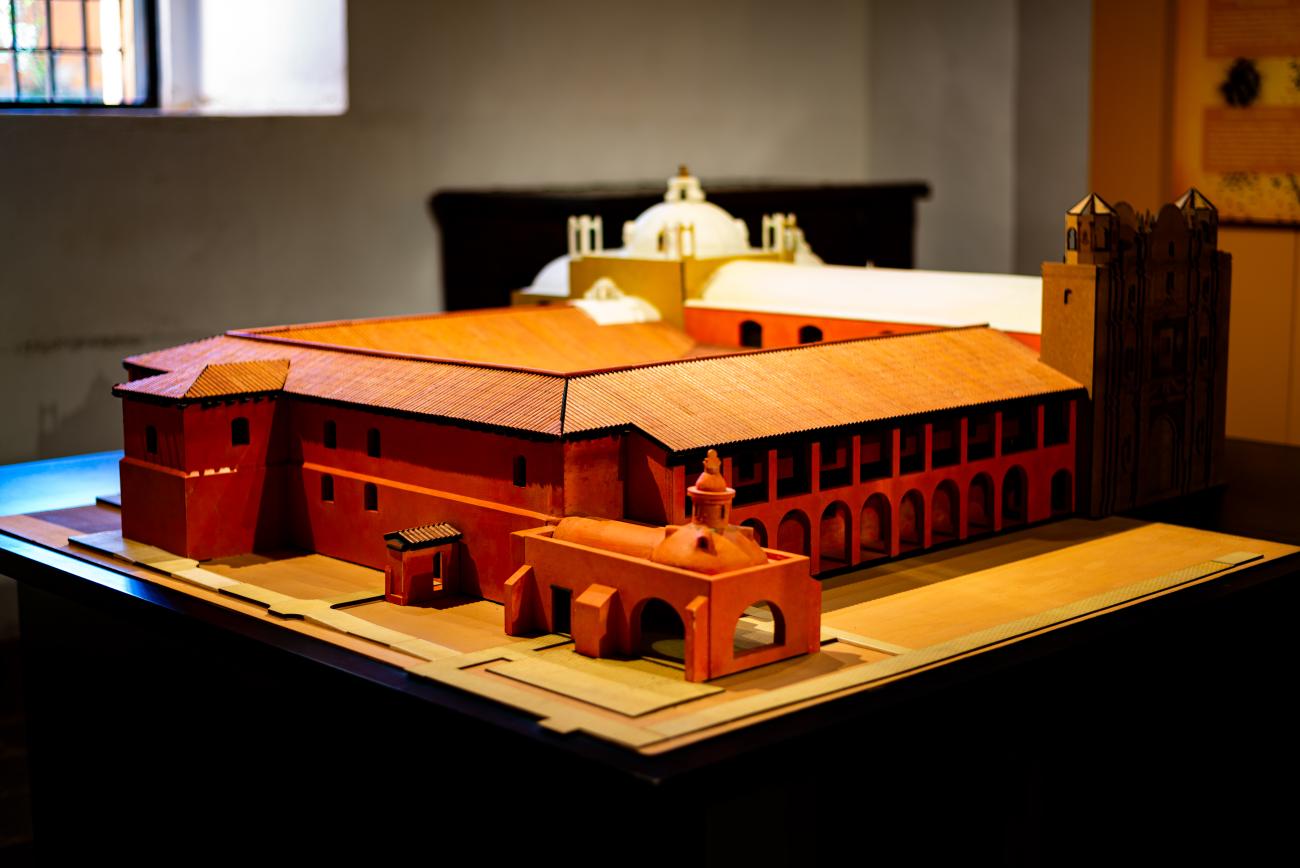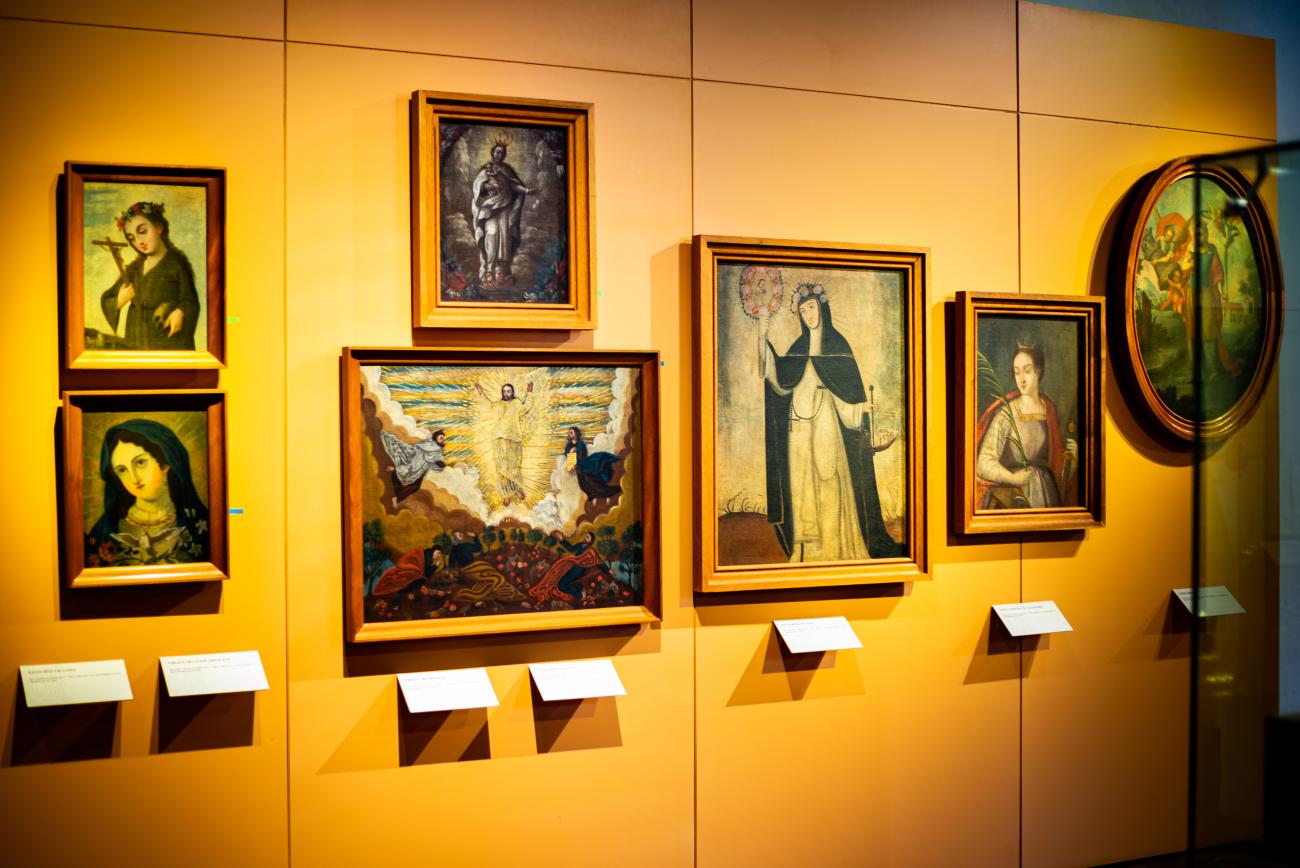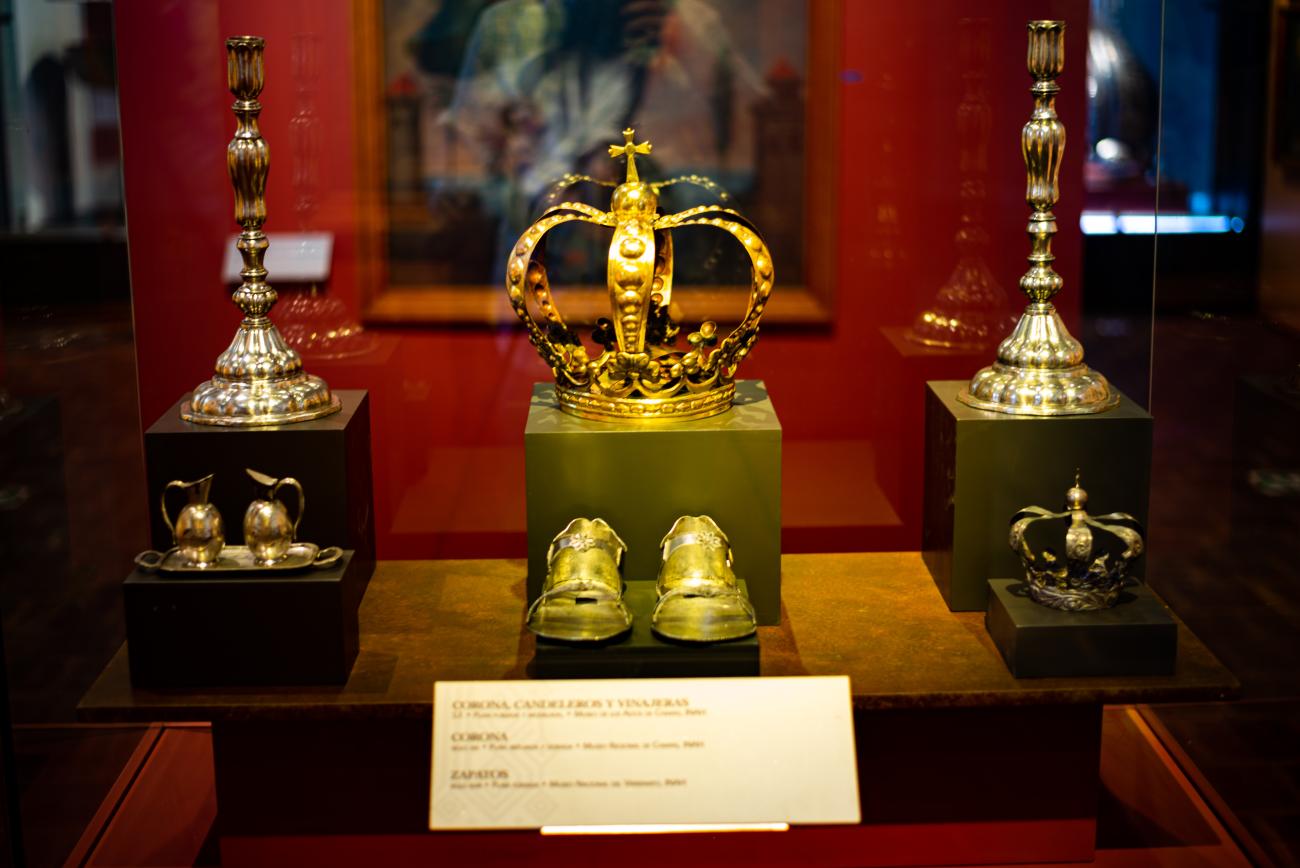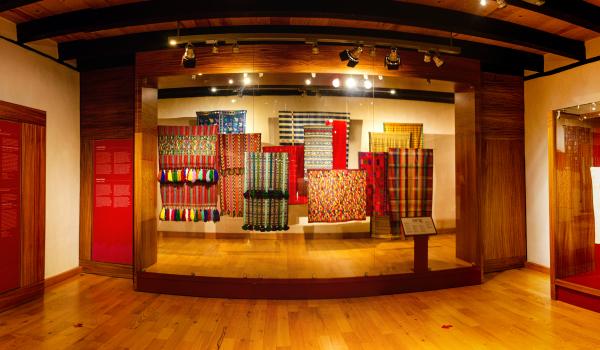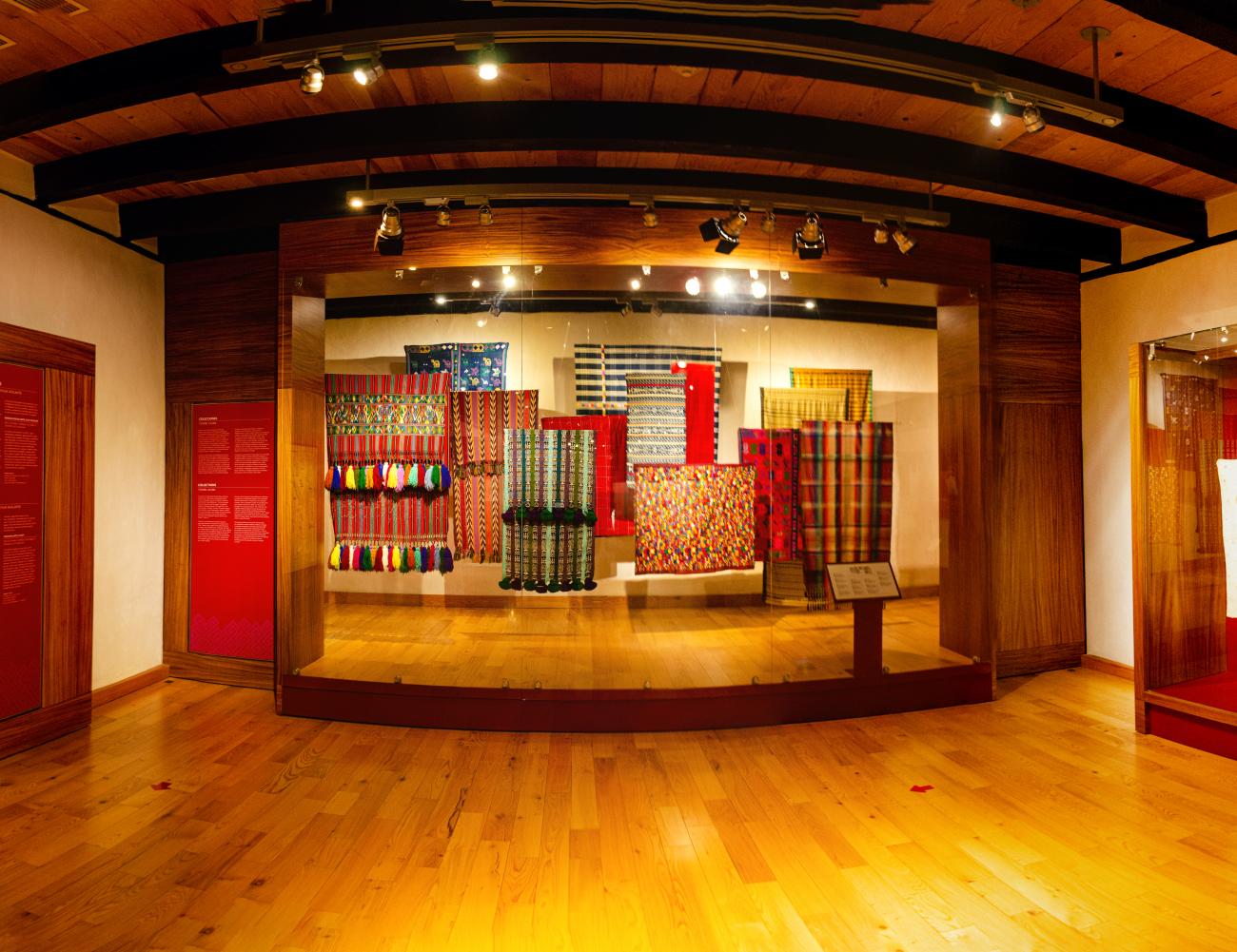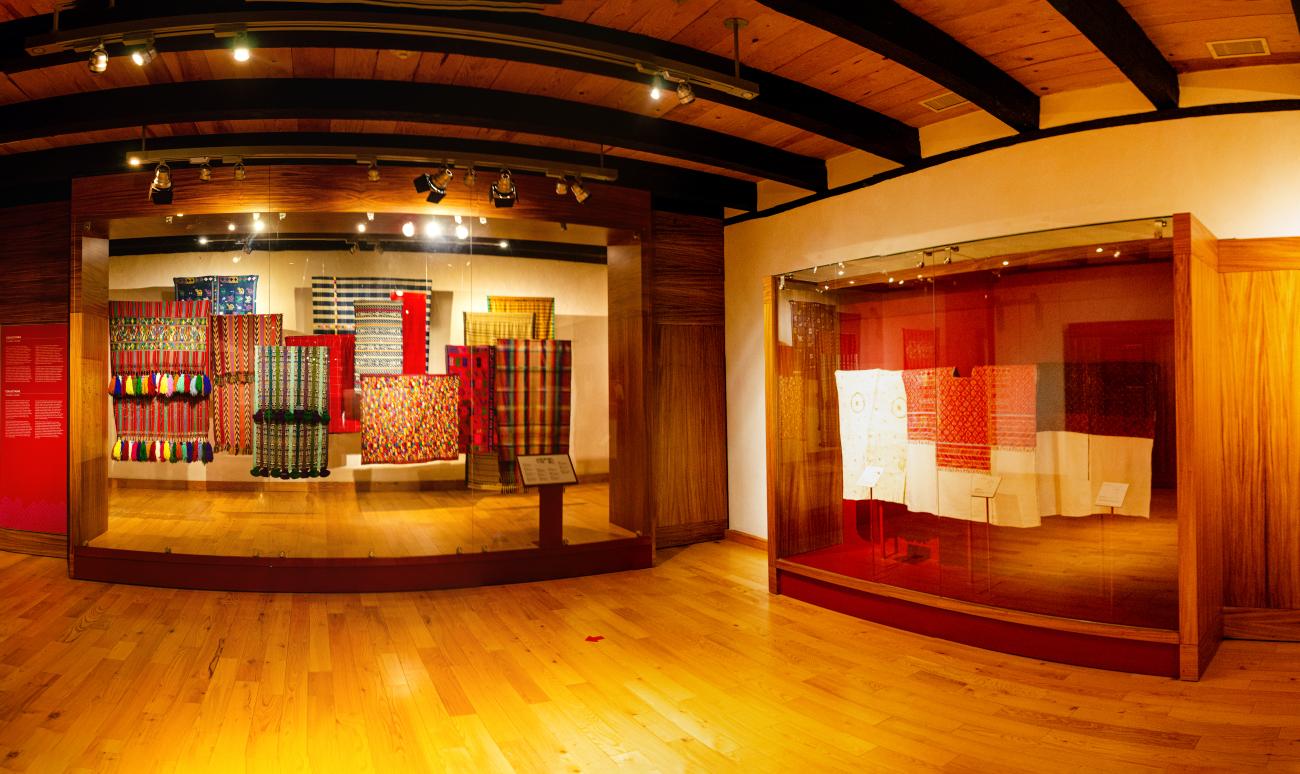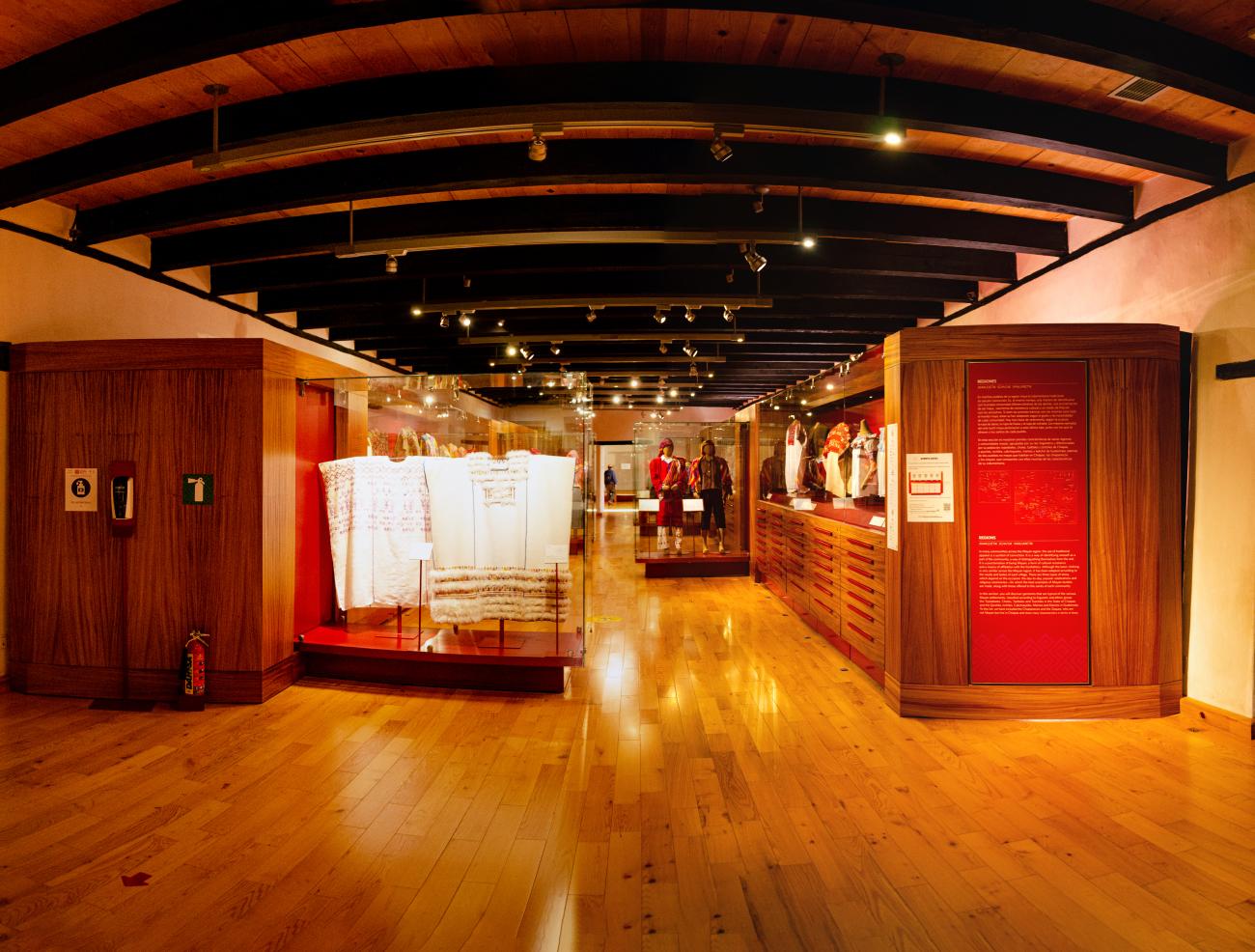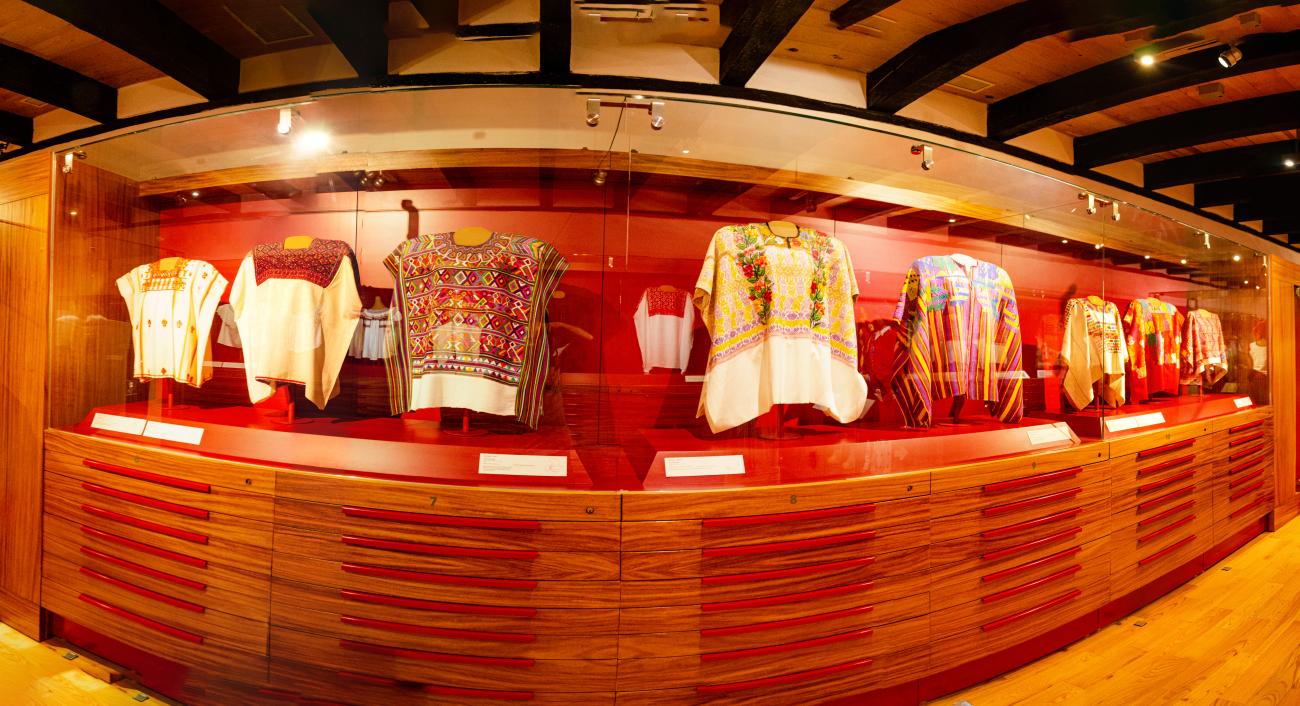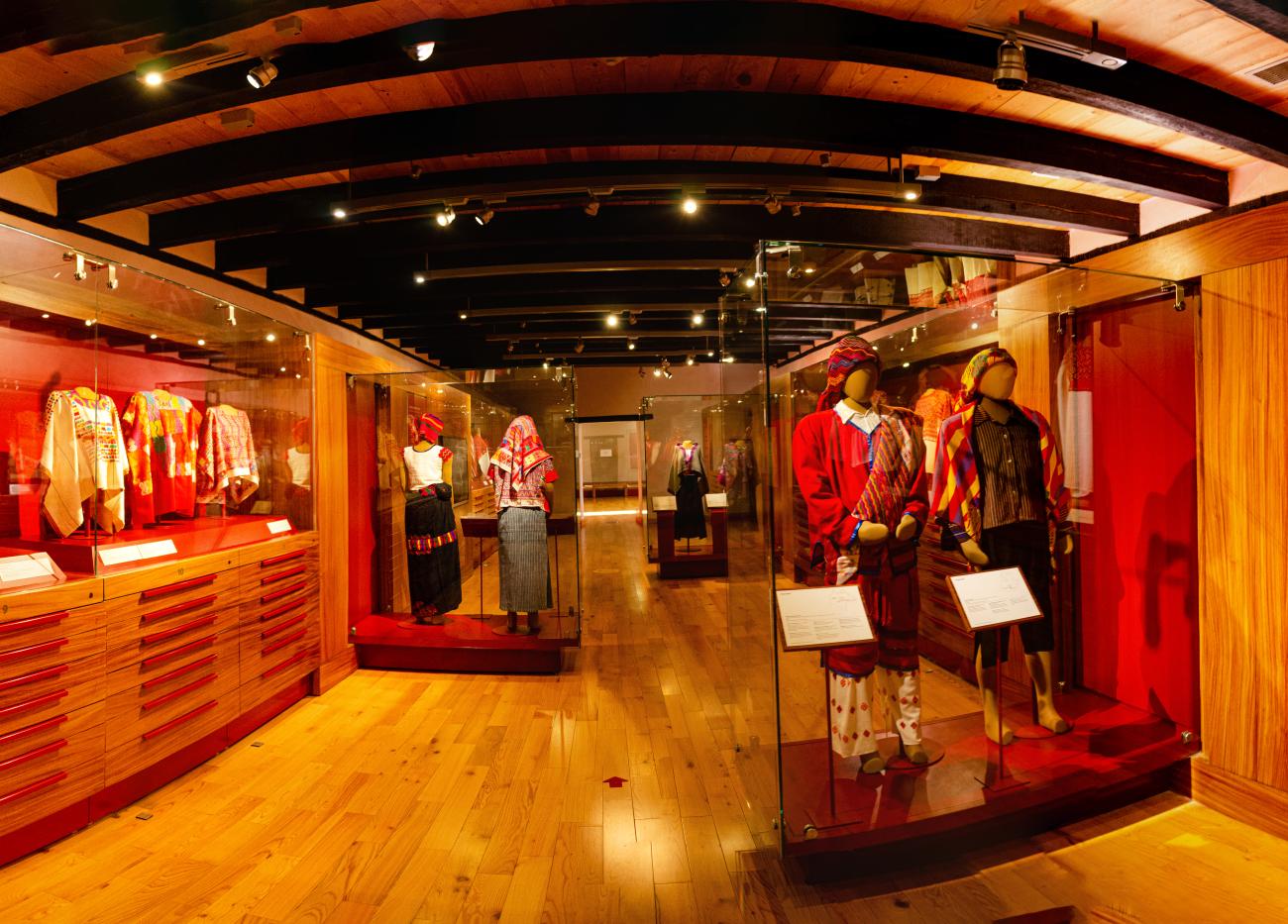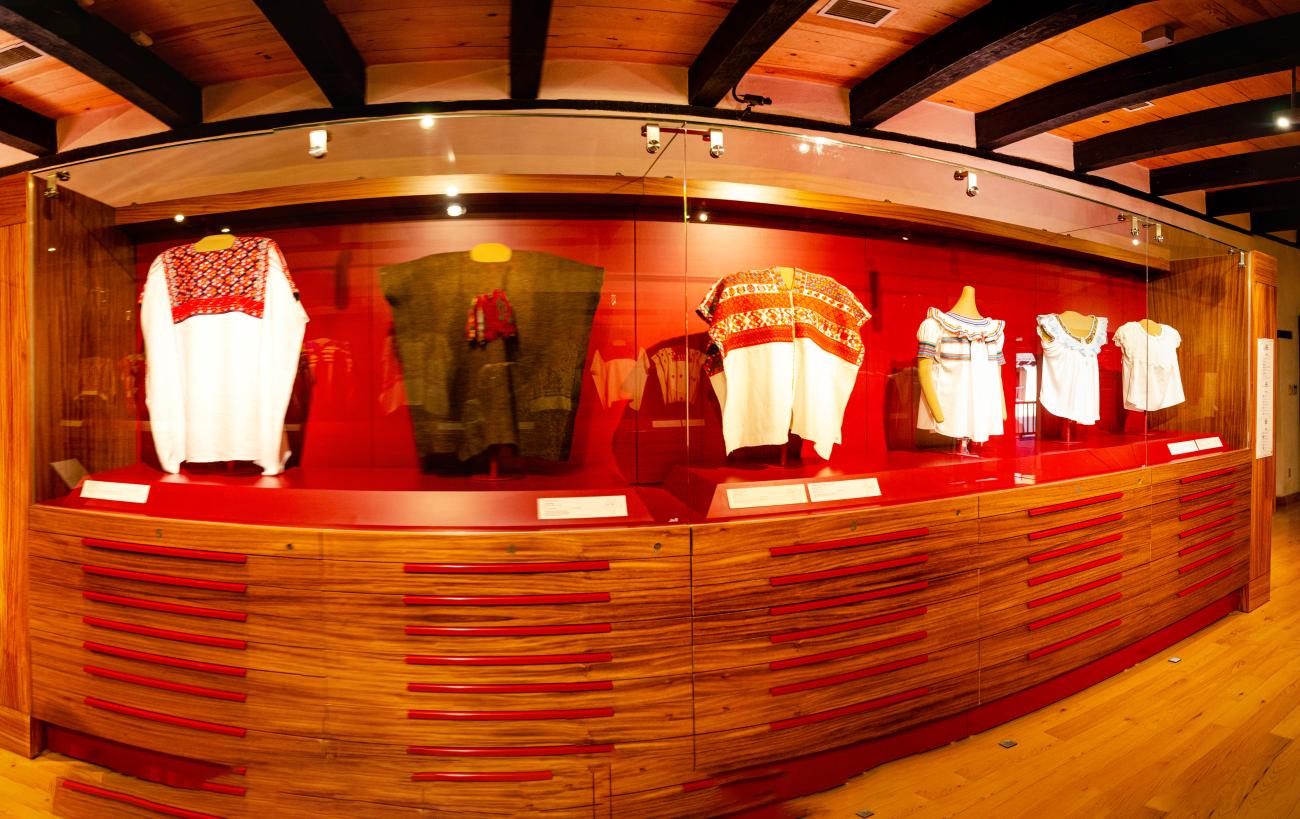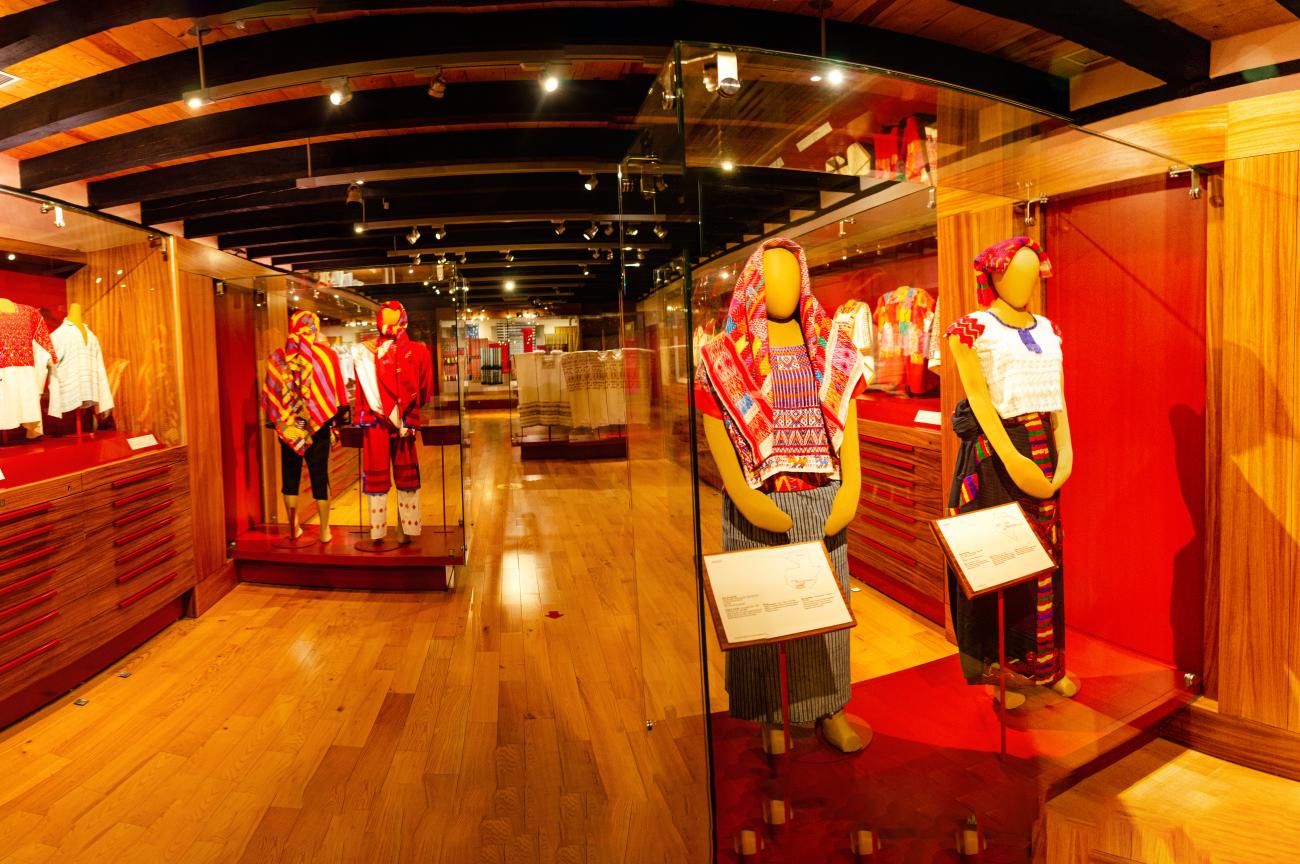The Former Monastery of Santo Domingo de Guzmán is an iconic sixteenth-century building in the city of San Cristobal de Las Casas, and its facade is considered to be one of the best examples of Latin American Baroque. The Chiapas Highland Museum started up in 1984 and it was consolidated four years later with the support of the historian Jan de Vos and his wife Emma Cosío Villegas, who created the first gallery which aimed to recover lost strands of local history.
The museum was restored and reopened in 2012 as a joint project of the National Institute of Anthropology and History, the Chiapas State Government and the cultural and social arm of Banamex bank. The ground floor has two large permanent galleries on archeology and history, together with other smaller spaces, a central Dominican patio and a chapel. On the upper floor there is a major exhibition of textiles. The exhibition displays cover the six overarching themes of this museum: 1. The geography of the Mayan region at the time of the Spanish invasion. 2. The conquest, the establishment of the Villa Real (Royal Town), the viceregal period and indigenous resistance. 3. Evangelization carried out by the Dominican order and indigenous paganism. 4. The iconographic narrative of pre-Hispanic textile clothing drawing on the Paris, Madrid, Dresden and Grolier codices, with a brief overview of the manufacturing of the period. 5. The founding of the city: architecture and urban design, and 6. The history of the monastery.







